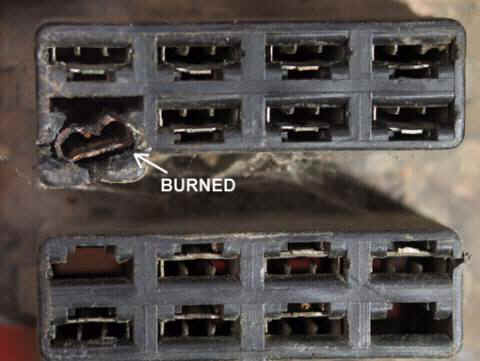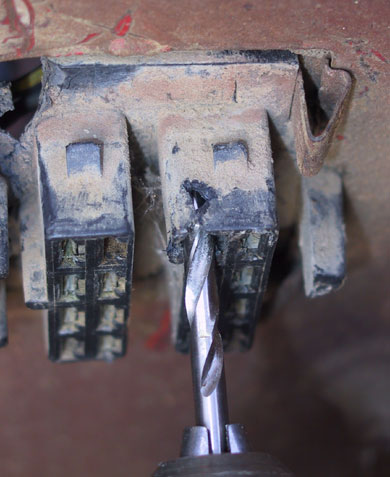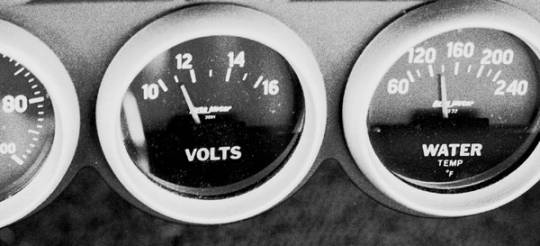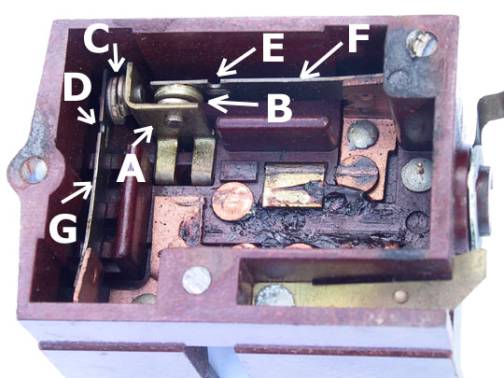I changed my fuel pump and filter this afternoon after watching the old one drip gas. While test driving it on the four lane, a guy pulled up beside me and motioned me to crank my window down. I obliged and he yelled 'Nice truck' at me and then asked if I was interested in selling it.
I shook my head.
We stopped for a red light. Truck idled fine, which it had quit doing before the replacement. He told me he's looking for a truck for his dad. Was I sure I wouldn't sell it?
I nodded my head.
Green light. It accelerated without hesitation. Going well.
At the next red light, he asked me to give him a crazy number. Just throw it out there. Truck was still idling well, maybe even smoother than when I pulled out of my driveway. I told him I didn't think I'd take $10K for it.
Looked like he thought about that a bit before he shook his head.
The light turned green, I turned left and drove home. Slight hesitation as I pulled in my drive. Hmm.
All that's left are the electrical gremlins. I've already ordered some parts and and a book from Mark at Mad Electric out of California to bypass my truck's amp meter..
I thought it was a nice compliment on my truck, considering it still sports the VFD's orange-peeled yellow paint job..





















 But, we went back to the alternator, and to the battery, and to the horn relay buss-bar, (the "key check-points") and rechecked voltage levels. With the engine running at highway cruise RPM, lights, heater, and wipers ON, we had 14.1 to 14.3 volts at all the "key check-points" under the hood. (Which is perfect.)
But, we went back to the alternator, and to the battery, and to the horn relay buss-bar, (the "key check-points") and rechecked voltage levels. With the engine running at highway cruise RPM, lights, heater, and wipers ON, we had 14.1 to 14.3 volts at all the "key check-points" under the hood. (Which is perfect.) 

 We even looked at the factory wiring diagrams, and found that the "battery live" buss-bar behind the fuse box was directly connected to the dash area "main feed wire."
We even looked at the factory wiring diagrams, and found that the "battery live" buss-bar behind the fuse box was directly connected to the dash area "main feed wire."






Comment